About Karo Neighborhood, in Tottori, Japan
I have always lived between two worlds: the coast and the mountains of Ecuador, with their eternal rivalry. That’s why, when I first visited Tottori City—in 2004—I was struck by the harmony in which the sea and the mountains coexist there; ever since, I’ve always wanted to return. Perhaps some soccer fans remember that Tottori, in western Japan, hosted the Ecuadorian soccer team in the 2002 Japan-Korea World Cup; here, the older people still retain this event in their memories.
Japan’s Breadbasket
At the beginning of 2020, the pandemic found me in Japan’s most sparsely populated prefecture, which, with a little over half a million inhabitants, boasts a variety of local produce: vegetables, fruits, dairy products, wagyu beef, fish, seafood, and rice. The most famous are nashi—an “apple-pear” that can be eaten in the summer—and the giant matsuba crab, in season during the winter. In a country where almost 60% of food is imported and only 12.1% of the land can be used for agricultural production (World Bank, 2018), Tottori is considered Japan’s breadbasket; sweet persimmons and watermelons are also grown here, which have incredible flavors and are sold nationwide.
Tottori Prefecture is bordered to the north by the small Sea of Japan; located on Honshu Island (the largest of the four islands that make up the Japanese archipelago), it has the highest volcano in the Chugoku region (Mount Daisen, 1,709 m) and four main cities: Yonago, Sakaiminato, Kurayoshi and Tottori. Its capital, which bears the same name, is not the most populated, but it is the one that attracts the most tourists for its famous desert (the Tottori Dunes), its innovative Sand Museum and its fresh seafood.
Karo, a Traditional Neighborhood in Tottori City
Now that it’s clear where I am, I’d like to invite you to discover Karo, a neighborhood in north Tottori. Walking through here feels like having one foot in the countryside and the other in the city, with nature pushing to peek in at every step. In the areas with old houses there are open fields, greenhouses, and rice fields invading the landscape (sowing takes place in May and harvesting in September). During the summer, an occasional frog hops from the rice paddies to the perfectly paved avenue, where the rice fields line the walk for several blocks. Small buildings can be seen in the distance, until, suddenly, a large shopping center bursts into this bucolic landscape.
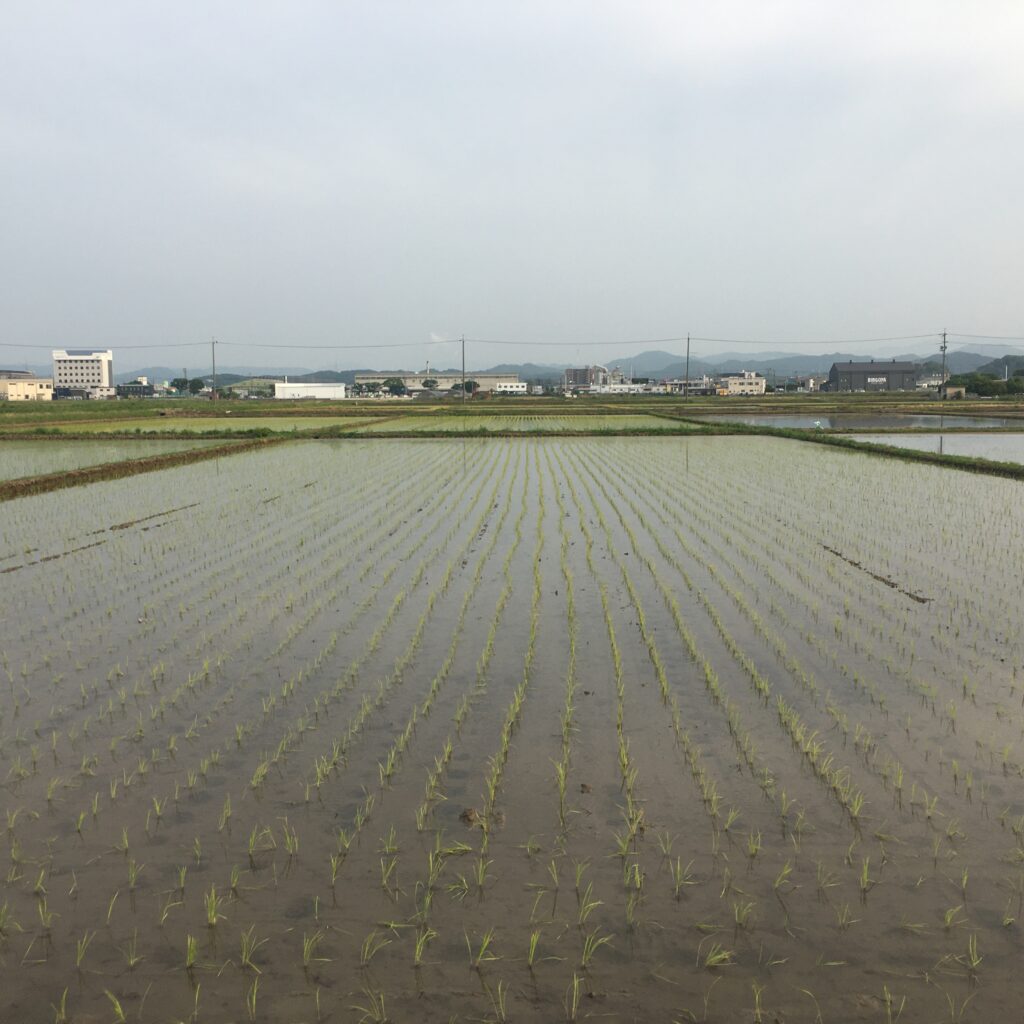
In southern Karo, there are large and small unwalled wooden houses with dark tile roofs and meticulously tended gardens; other abandoned, very old ones, overgrown by plants; two 24-hour convenience stores, with their sophisticated food that help us out in a pinch (the famous konbini, of which there are more than 50,000 throughout Japan); a brightly lit ramen restaurant nestled between the houses and an udon restaurant overlooking the road. Drink vending machines are also scattered here and there, even in the middle of nowhere (this figure is also impressive: 2.47 million of these machines nationwide, which even have iced or hot coffee, quite acceptable). At night, much of the neighborhood remains almost dark, unless a car passes by and lights up the road. Up in a small hill is the Kamikoji Shinto shrine, where locals gather every January 1st before eating osechi ryori, the New Year’s banquet as a family meal, which is part of Japan’s traditional cuisine Washoku, declared an Intangible Cultural Heritage of Humanity in 2013.
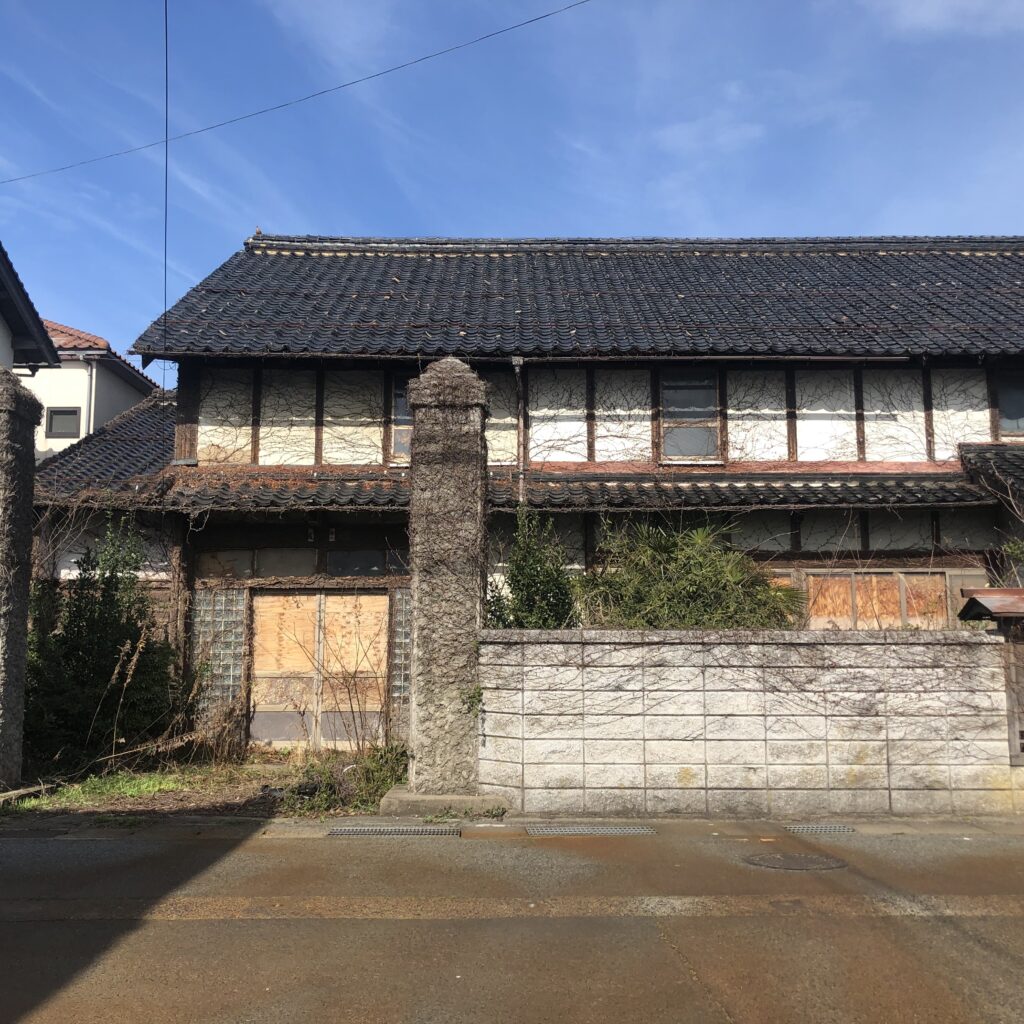
Reaching the western end takes half an hour; but first, you must cross a small bridge over the Koyama River, pass a tiny cemetery that emerges without warning, with its stone and gray marble tombstones, and reach the port where, in a long line, small white boats rest on the estuary, as well as large fishing boats, with their complex structures and the smell of fresh fish. We are now on the Karo boardwalk, conceived as a park: on one side the sea, on the other traditional houses and inns (ryokan), with their restaurants offering the best of Tottori’s seafood, depending on the season: scallops, squid, oysters, various types of fish and shrimp, and, above all, the giant crab, which has even a museum-aquarium in its honor next to the market.
The boardwalk is, of course, designed for walking, although you don’t see many pedestrians there; you can catch sight of sculptures, gazebos, and benches, some hidden in the foliage. This boardwalk ends in an esplanade with trees and more gazebos. At night, fishing enthusiasts lean along the railing, waiting for a fish to bite the hook.
Wattaina and Karoichi
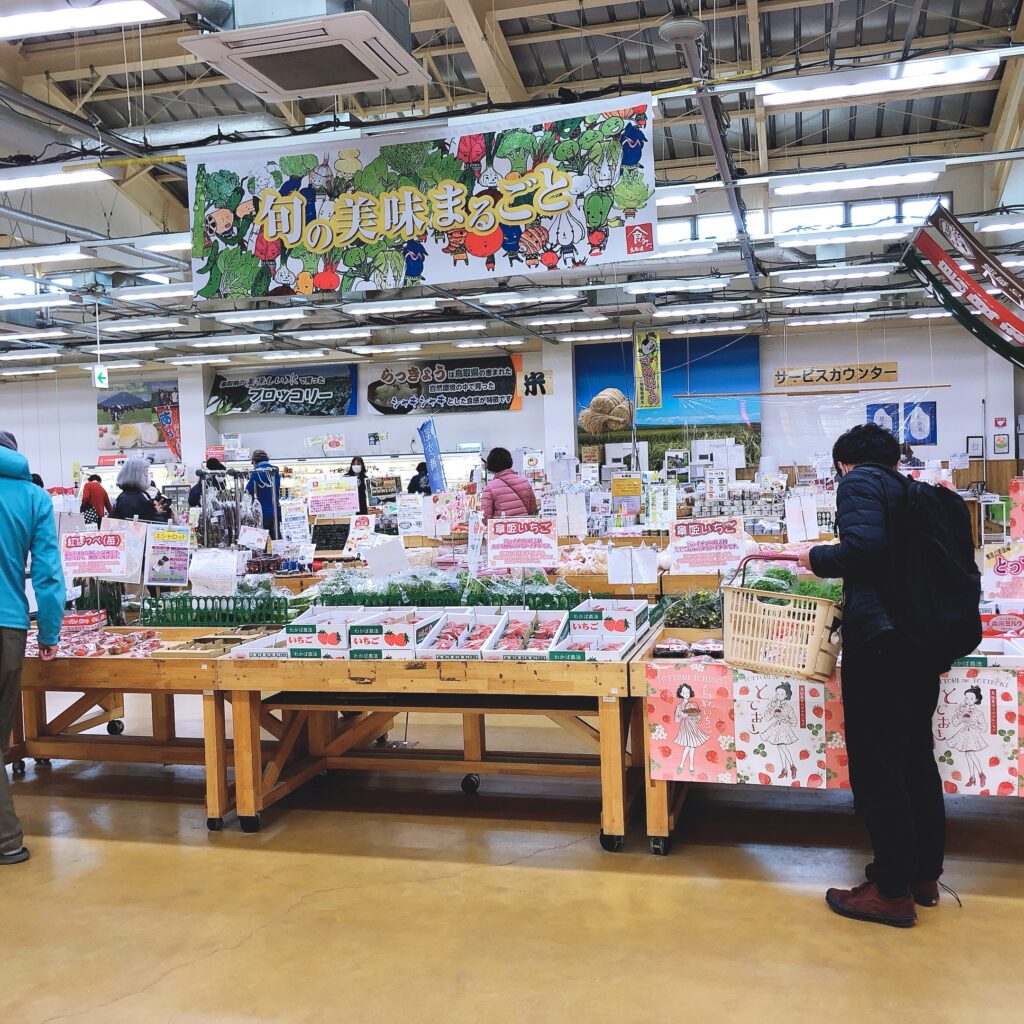
Further on is Wattaina Plaza, where only Tottori products are sold. It’s not like our simple markets in South America; its cash registers lend an air of sophistication, with most of the fresh fruits and vegetables wrapped in more plastic than necessary. In one corner is the liquor section, next to it is the dairy section, and beyond that are soy products, with information about the producers, photos, and the history of the product. There are also homemade jams, sweets, and sauces, a very innovative fresh cheese section (something unusual), delicious bento boxes, as well as handicrafts and souvenirs from the city.
In front of Wataina, four large wooden sheds display Japanese letters that read KA RO I CHI, the seafood market. We’re first welcomed by three restaurants serving seafood menus: sea urchin donburis, fish roe, squid, and, of course, crab (during its season). As we continue walking down the central aisle, we see the various products lined up side by side. In the winter, you can see a lot of giant crabs, with all its large legs, that are as good as expensive. There are also hata hata fish, oniebi (‘devil shrimp’), squid, and so on. Finally, there’s a soft-cream stand (one of the most popular desserts in Japan) and Tsunaba Coffee, which offers a coffee roasted over sand that, oddly enough, is a symbol of Tottori.
A Nice Beach in Karo
Outside, in front of the parking lot, a thin blue line indicates the horizon. As we approach, we can see the waves and the sand: we are on the small Karo Beach where, in summer, people gather to enjoy the famous fireworks (hanabi). In the time of the coronavirus pandemic, there where no bathers even in summer.
To return to southern Karo, where I used to live, I took the path up the small mountain, with its large, modern, no-longer-made-of-wood houses. Before starting the climb, there are still two restaurants I’ve never been to: one that specializes in crabs in winter, and another that serves seafood donburis and also promotes a strange pink curry. Across the path is Chez Hiro, a legendary French-Japanese restaurant that has been operating for several decades, serving elegant fusion cuisine, self-proclaimed Euro-style teppanyaki.
At certain times of the day, the smell of a chicken coop—located on the other side of the mountain—pervades the air. You can’t see it, but you can feel it; which serves as a reminder that Karo is still the countryside, even if it’s wearing city’s clothes.
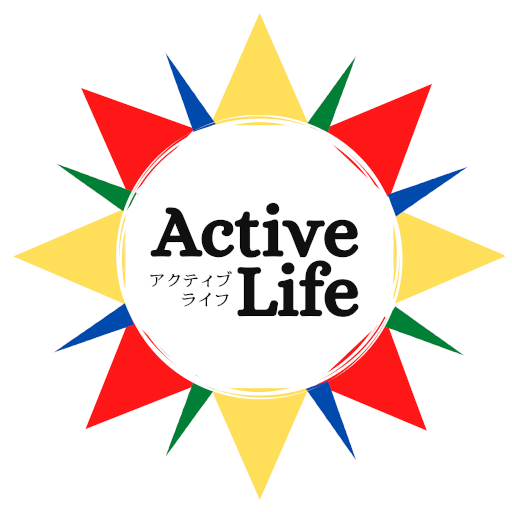

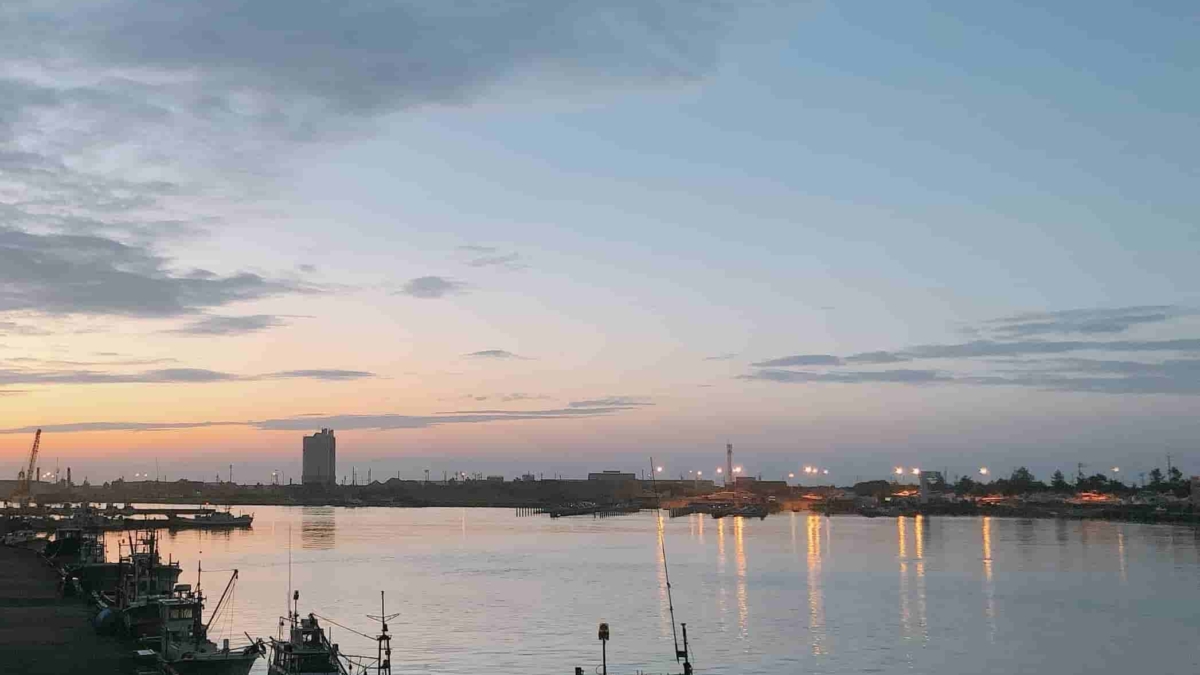
Leave a Comment